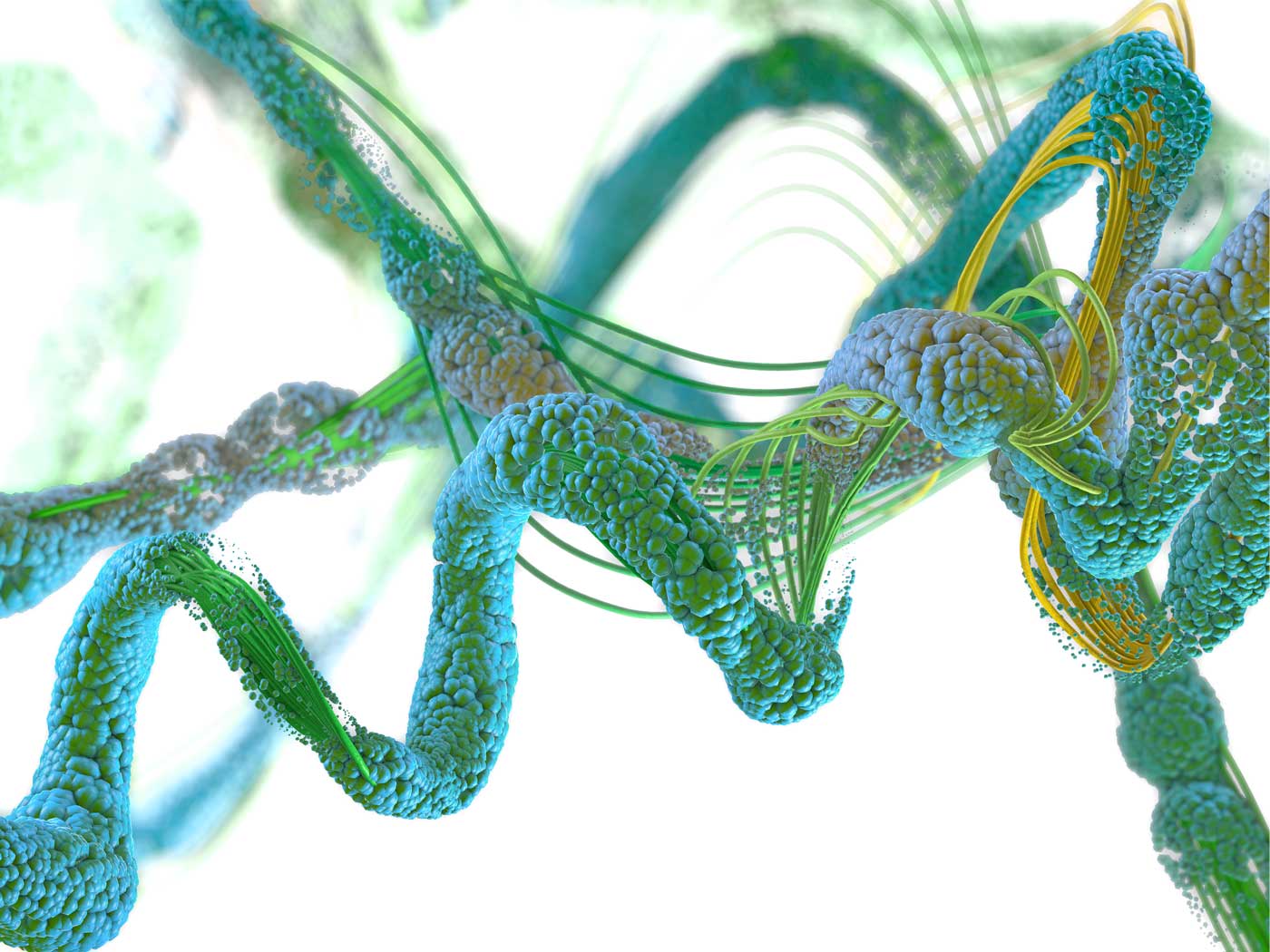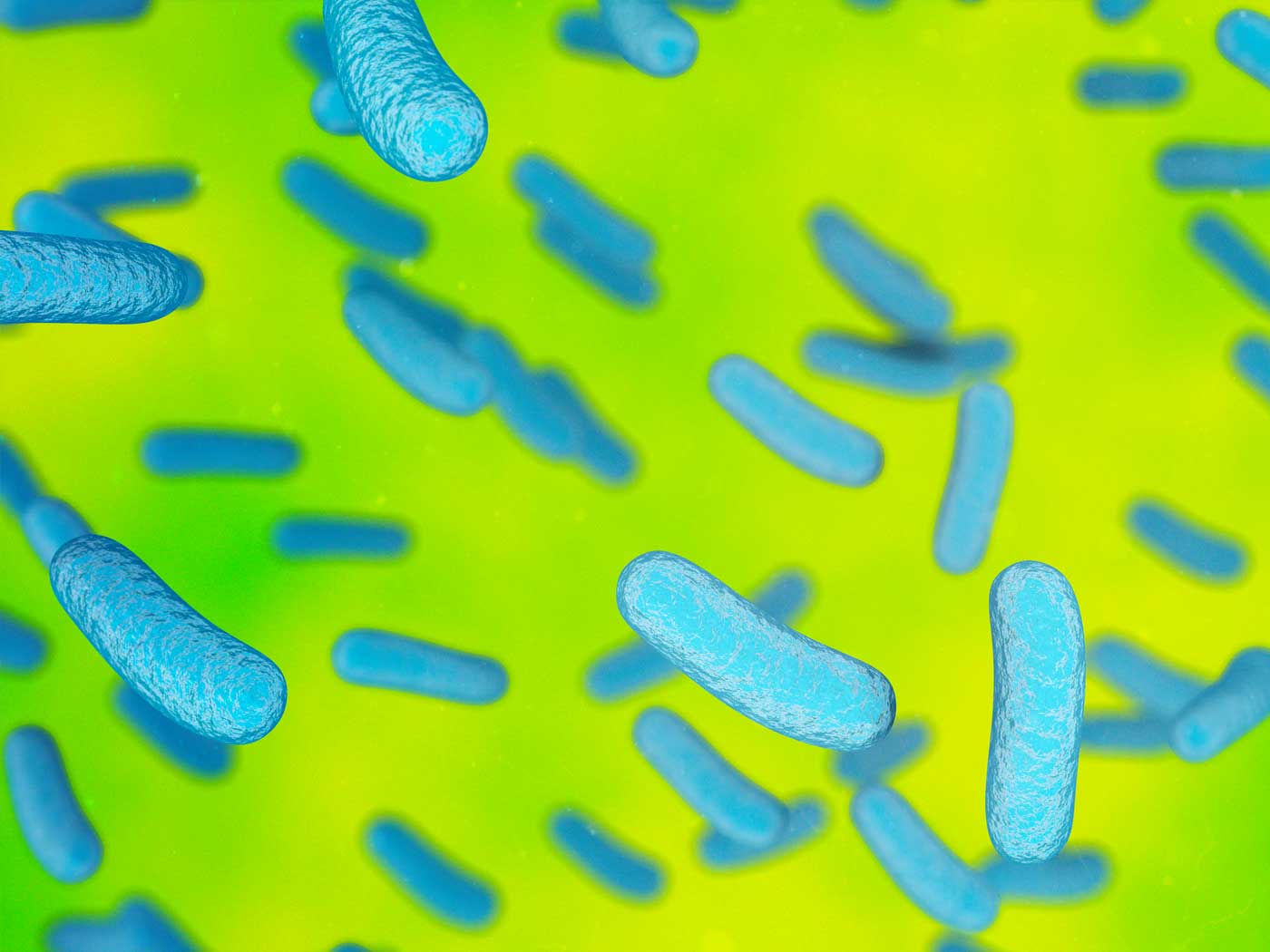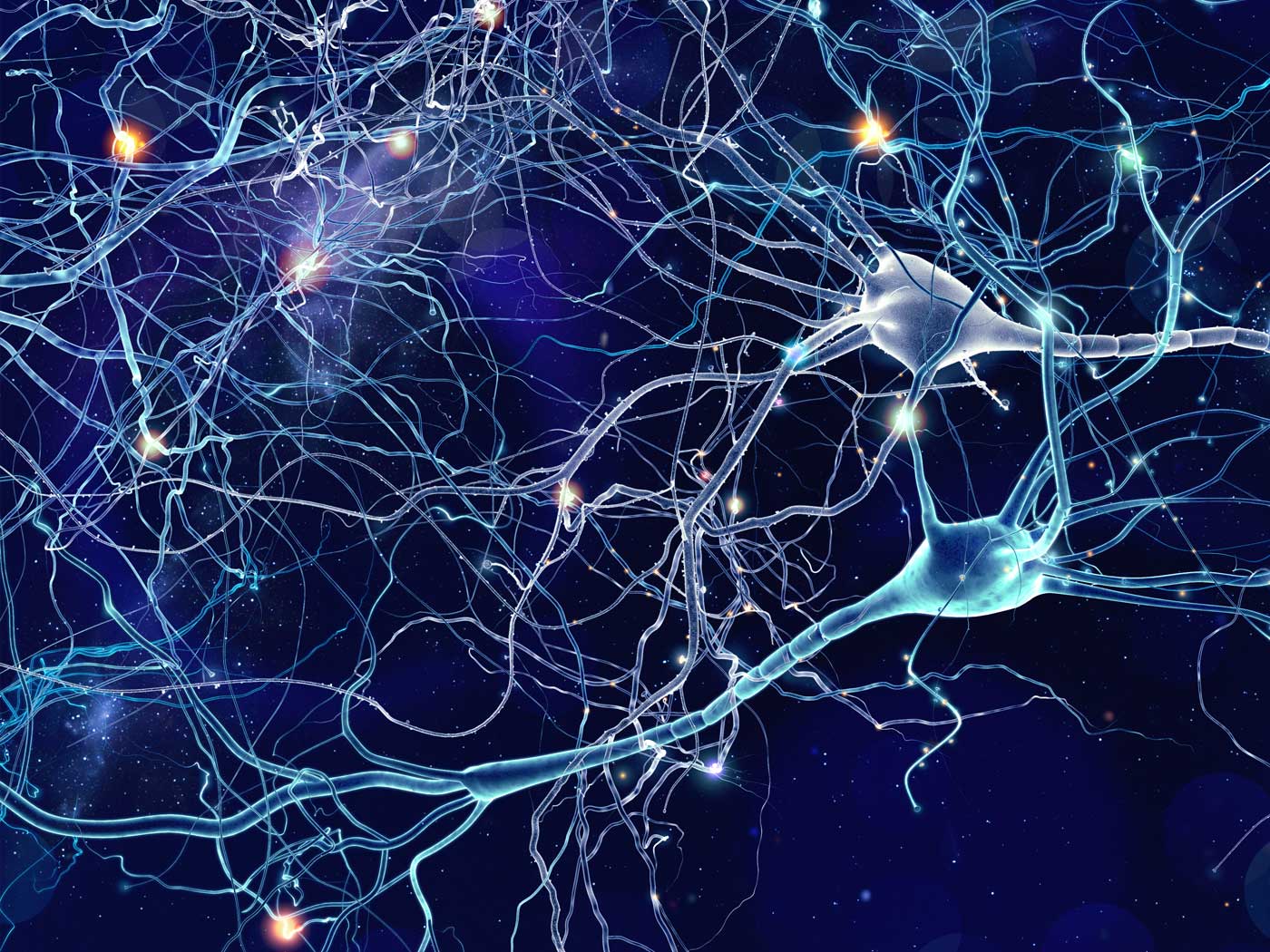Researchers recently studied a highly sophisticated cellular machine that acts as a guard for the genome against harmful mutations and that evolution cannot explain.1
Humans have two sets of 23 chromosomes, and a mutational deletion in chromosome 22 causes a disease called DiGeorge syndrome in which heart and immune system defects occur, in addition to learning difficulties, mental retardation, and psychiatric disorders. The deletion eliminates a protein and stops the formation of a key piece of cellular machinery called a "microprocessor."
The microprocessor is actually a working complex of two important proteins called Drosha and DGCR8 (DiGeorge syndrome critical region 8). The mutation causing the microprocessor to be defective affects DGCR8.2 The microprocessor protein complex itself gets its name from the fact that it processes an important group of molecules called microRNAs. MicroRNAs are small molecules that help regulate gene expression.3
It turns out that the microprocessor does other important things besides processing microRNAs, like regulating transposable element activity. Just over 50 percent of the human genome contains a complex set of DNA features called transposable elements. Transposable elements and the important DNA features they encode are involved in gene regulation and genome function during development, growth, and normal cellular activity—negating their original prediction as "junk DNA."4
A small percentage of transposable elements in the human genome can be copied and moved around. This can cause problems and disrupt genes if not properly controlled. However, in its proper place, this activity has been found to play important roles in creating natural genetic variability.5 The genetic variability in the genome is why no two humans are exactly the same. In humans, little was known about how the regulation and control of transposable elements in the genome was accomplished until a research team recently studied how the microprocessor interacted with transposable elements.1
The researchers found that the microprocessor regulates transposable element activity by binding and cleaving the RNA copies (transcripts) originating from their DNA sequences across the genome. Thus, the microprocessor is an important player in keeping harmful mutations from developing in the cell by controlling transposable element activity. And it is possible that the RNA fragments produced from this process may be used in some aspect of genome regulation. Many processes in the cell produce byproducts that have important functions.
With such a multi-purpose and highly specific function, it is clear that the incredibly engineered microprocessors show powerful design features that are critical to life and good health and that cannot be explained by random evolutionary processes.
References
- Heras, S. R. et al. 2013. The Microprocessor controls the activity of mammalian retrotransposons. Nature Structural & Molecular Biology. 20:1173-1181.
- Roth, B., D. Ishimaru, and M. Hennig. 2013. The core Microprocessor component DiGeorge syndrome critical region 8 (DGCR8) is a non- specific RNA-binding protein. Journal of Biological Chemistry. 288 (37): 26785-26799.
- Salmena, L. et al. 2011. A ceRNA Hypothesis: The Rosetta Stone of a Hidden RNA Language? Cell. 146 (3): 353-358.
- Tomkins, J. 2013. Transposable Elements Are Key to Genome Regulation. Creation Science Updates. Posted on icr.org March 27, 2013, accessed November 7, 2013.
- Bennett, E. A., et al. 2004. Natural Genetic Variation Caused by Transposable Elements in Humans. Genetics. 168 (2): 933-951.
* Dr. Tomkins is Research Associate at the Institute for Creation Research and received his Ph.D. in genetics from Clemson University.
Article posted on November 11, 2013.

























